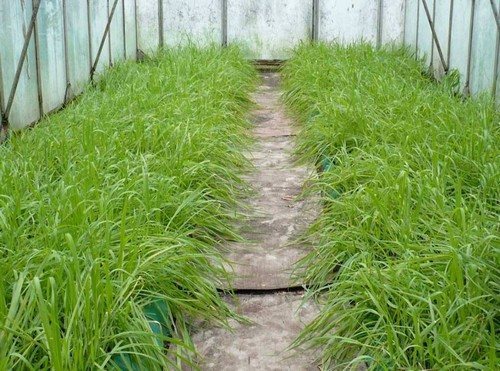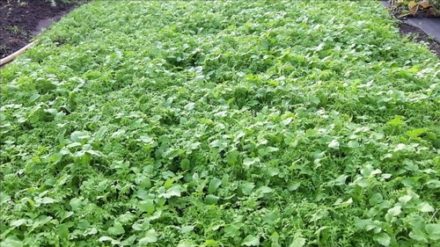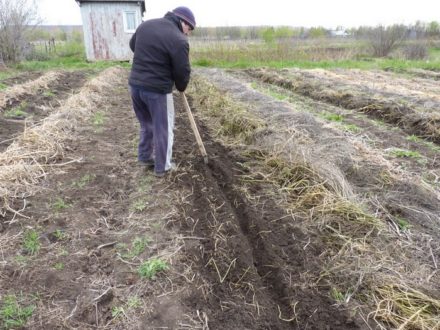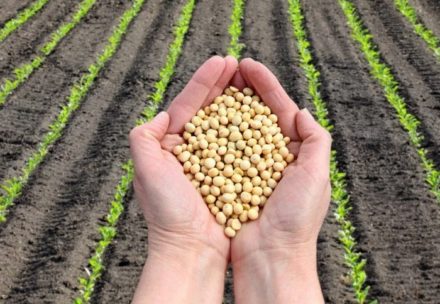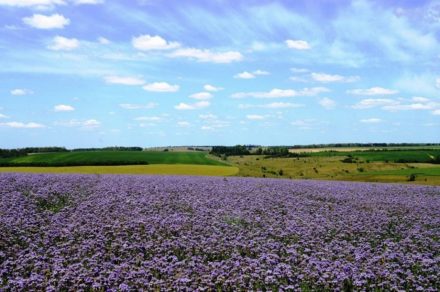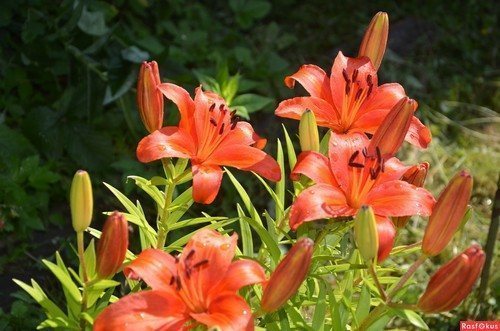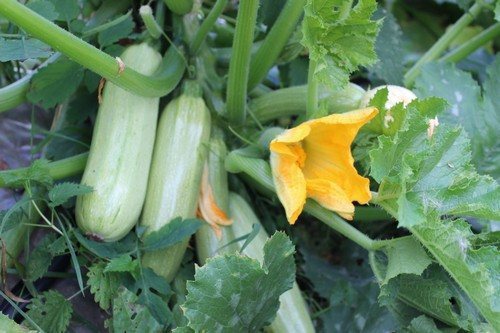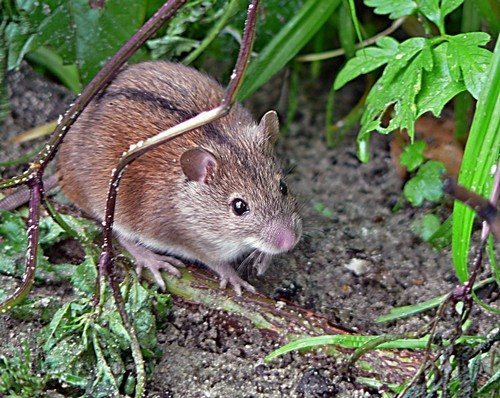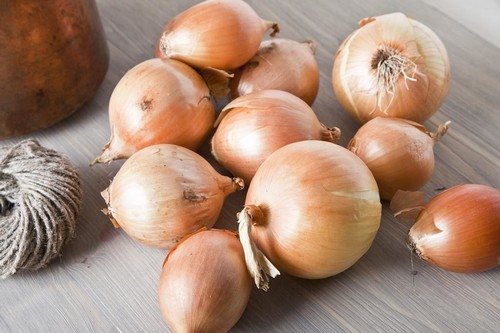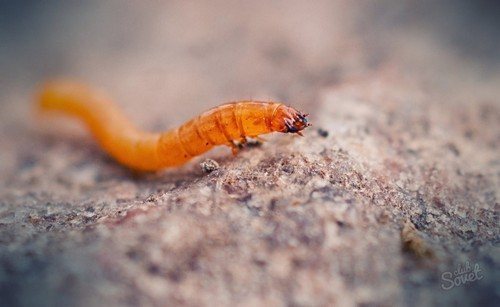Today, green manure is gaining popularity among gardeners. These are plants that help restore depleted soil, enrich it with nitrogen and reduce the number of weeds on the site. And as their main advantage, gardeners note that green manure is a natural organic fertilizer that does not contain any harmful chemicals. In this article we will tell you more about these plants that are useful for harvesting.
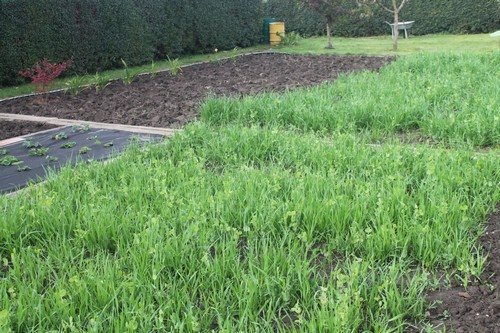
Types of green manure plants
There are a huge number of soil-improving plants, but most often the following garden crops are chosen for the site:
- legumes, namely: field peas, broad beans, soybeans, beans, creeping clover, annual lupine, broad peas, lentils, sainfoin and seradella;
- cereals, namely: spring oats, ordinary barley, winter wheat, rye and all types of fescue;
- hydrophilic – phacelia;
- buckwheat – buckwheat;
- cruciferous vegetables, namely: synapsis, rapeseed, oilseed radish;
- Asteraceae - common sunflower.
Top 7 green manures for a summer cottage and their properties
Mustard
The most popular green manure among gardeners. The planting period for this plant lasts from spring to late autumn; the main crops are planted 14 days after mowing. Until maturity, mustard, thanks to its spreading foliage, shades representatives of cultivated varieties and suppresses the growth of weeds.In the summer season, the seeds of this green manure plant are sown next to peppers, tomatoes and eggplants, because it protects against the main pests - scab and late blight.
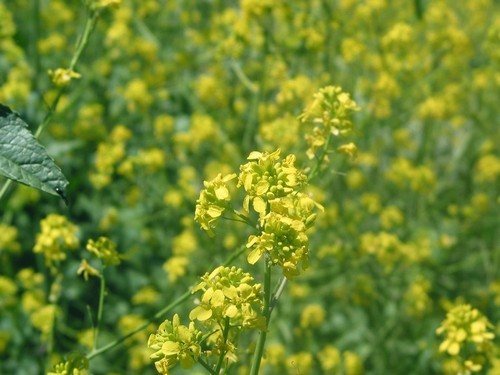
Phacelia
This green manure has a beneficial effect not only on vegetables, but also on berry crops. The advantages of the honey plant include unpretentiousness to soil conditions, resistance to cold and drought, as well as rapid growth. Phacelia is planted in early spring, that is, immediately after the snow melts. Summer residents note the fact that this green manure plant not only softens dense soil, but also strengthens soil that is light in structure.

Clover
The roots of this plant with small flowers protect the soil from the harmful effects of wind and moisture, loosen the soil and enrich it with oxygen. Clover also participates in the formation of humus, a substance of organic origin that is nutritious for the soil. Planted from March to April, after mowing they begin to plant eggplants, tomatoes, cabbage, potatoes and other vegetable crops. The only exceptions are plants of the legume family.
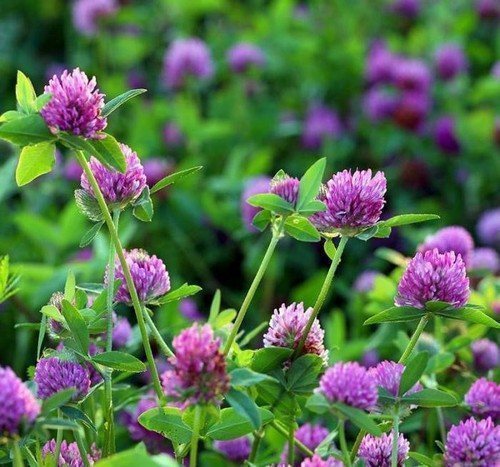
Spring oats
The beneficial properties of oats include enriching the soil with useful organic substances, as well as phosphorus and potassium. Through a strong root system, this green manure loosens even the most compacted soil, filling it with air. Do not forget about the detrimental effect of oats on bacteria and fungi hostile to cultivated plants. Spring oats are sown in late March or early April, and winter sowing ends on September 15th.
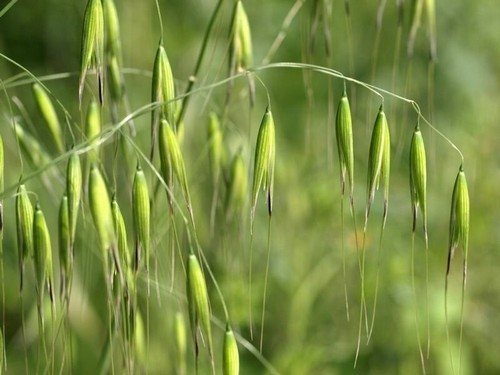
Oilseed radish
This type of radish has properties similar to mustard: it suppresses the growth of weeds, softens dense soil and enriches it with moisture. Many summer residents prefer to sow green manure for the winter, as it protects the soil from freezing.
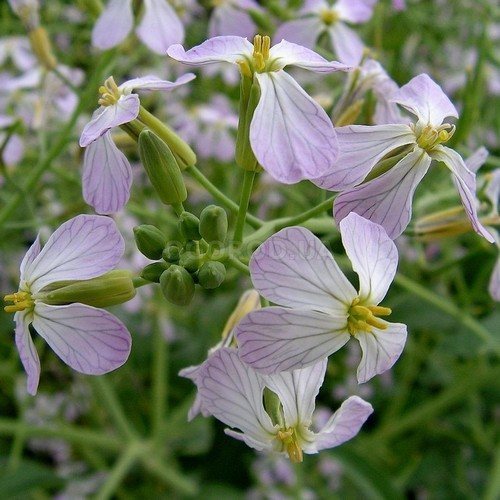
Buckwheat
This green manure plant is ideal for planting in the garden or vineyard, as it does not dry out the soil. Thanks to its branched roots, buckwheat enriches the acidic, compacted soil with useful elements and moisture, and also kills pathogenic microorganisms.
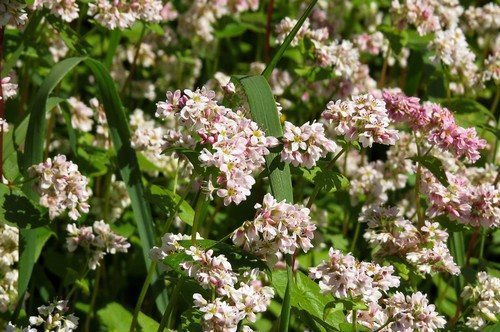
Rape
This plant does not grow on damp and clay soil, so the place for sowing needs to be prepared. Rapeseed is a tall green manure, thanks to this feature it does not allow weeds to germinate. Its beneficial properties also include enriching the soil with organic substances, sulfur and phosphorus.
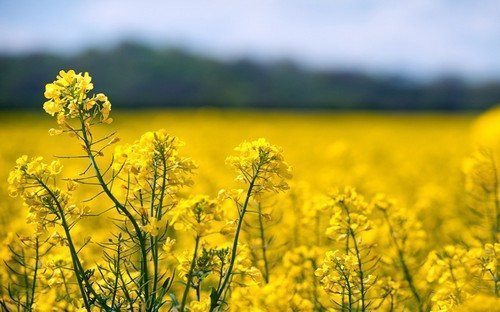
It is also worth mentioning the time of year in which green manure plants are usually planted. By planting in the spring, you will prevent the appearance of weeds in your area. Planting in summer or early fall will restore the beneficial properties of the soil. By sowing the ground with green manure for the winter, you will prevent it from freezing.
Don't forget that planning for sowing green manure plants should begin in August and September, and with the right approach you can reap a large harvest.


